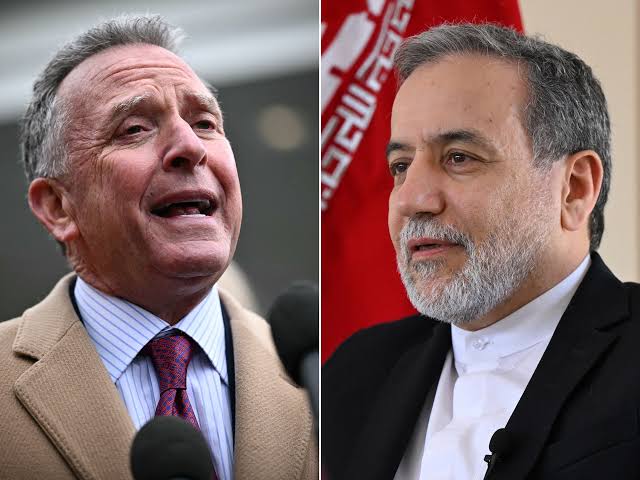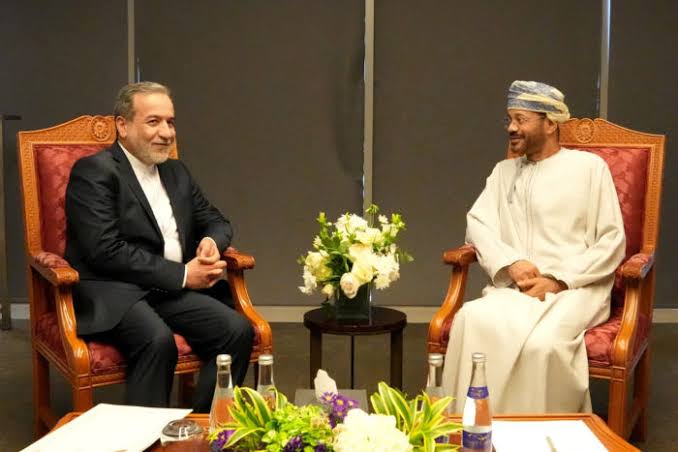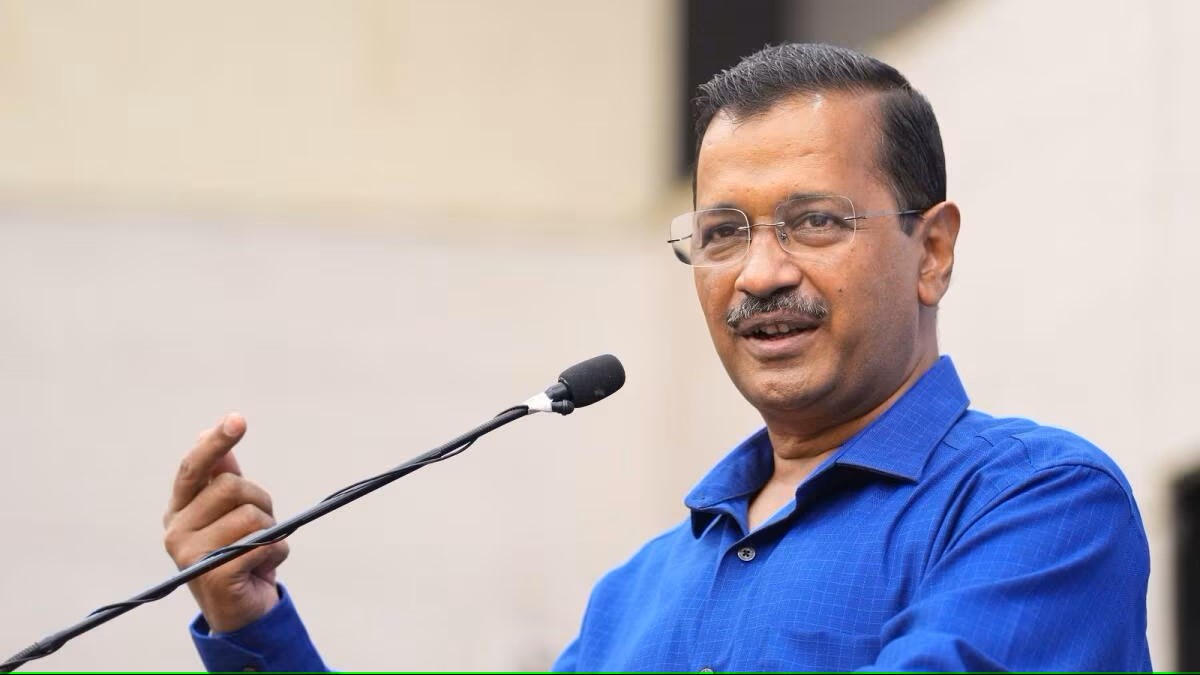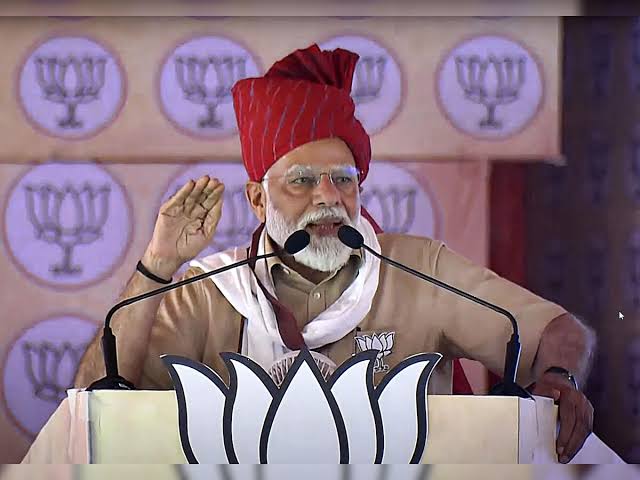In a rare moment of cautious diplomacy, the United States and Iran concluded indirect nuclear talks in Muscat, Oman, on Saturday, April 12, 2025, as both nations face mounting international pressure and fears of escalating conflict. Though the negotiations yielded no immediate breakthrough, they marked a significant—if fragile—step forward in a decades-long standoff between two adversaries burdened with a complicated past.
 The discussions, mediated by Omani officials, were held behind closed doors and lasted just over two hours. American envoy Steve Witkoff and Iranian Foreign Minister Abbas Araghchi were reportedly situated in separate rooms, with Omani diplomats shuttling between them. This indirect format underscores the deep mistrust still lingering, despite mutual acknowledgment of the urgency for dialogue.
The discussions, mediated by Omani officials, were held behind closed doors and lasted just over two hours. American envoy Steve Witkoff and Iranian Foreign Minister Abbas Araghchi were reportedly situated in separate rooms, with Omani diplomats shuttling between them. This indirect format underscores the deep mistrust still lingering, despite mutual acknowledgment of the urgency for dialogue.
Tensions remain high. President Donald Trump, in his second term, has continued to take a hardline stance, warning Iran that it would face “great danger” should talks collapse. Earlier this week, he reiterated his readiness to use military force to prevent Iran from acquiring nuclear weapons—a stance that has stirred anxiety both at home and abroad. Meanwhile, Iran’s Supreme Leader Ayatollah Ali Khamenei and his advisers have insisted on a “real and fair” agreement, while cautioning that Tehran will not hesitate to respond to threats.
Secretary of State Marco Rubio expressed measured optimism earlier this week, stating the U.S. hopes the talks will lead to peace, while emphasizing that Washington remains committed to ensuring Iran never develops a nuclear weapon. His words echoed the broader sentiment within the Trump administration: a belief in diplomacy, but with all options—military included—kept firmly on the table.
On the Iranian side, there is an evident wariness. Iranian officials made it clear before the talks that they do not expect this round of discussions to be long or decisive. The Ministry of Foreign Affairs described the talks as “just a beginning.” Despite the skepticism, Iran has signaled a willingness to give diplomacy a genuine chance, with advisers to Khamenei asserting that important and implementable proposals are on the table—if the U.S. shows sincerity.
The stakes could not be higher. Tehran’s nuclear program has advanced significantly, with uranium enrichment nearing weapons-grade levels. The threat of escalation looms large over a region already beset by violence—from Gaza to Lebanon, Syria to the Red Sea. In this volatile environment, even modest progress can be seen as a lifeline.
Yet, the road ahead remains perilous. The absence of a definitive agreement and continued ambiguity over whether future talks will be direct or mediated leaves much unresolved. What is clear, however, is that both sides have reasons—rooted in survival, stability, and the fear of war—to keep the lines of communication open.
For the people of Iran and the United States, and for countless others affected by the ripple effects of their conflict, these cautious steps offer a fragile glimmer of hope. The world now watches and waits—hoping that this moment of diplomacy, however fleeting, can help steer two long-standing enemies away from the brink and toward something resembling understanding.




